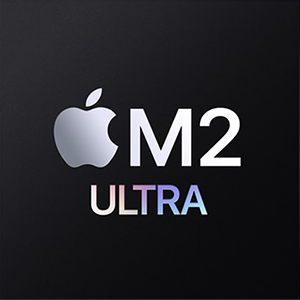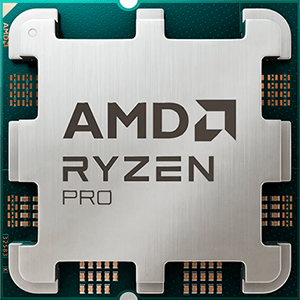Intel Processor N95 vs AMD Ryzen 9 8940H
We compared two laptop CPUs: Intel Processor N95 with 4 cores 1.7GHz and AMD Ryzen 9 8940H with 8 cores 4.0GHz . You will find out which processor performs better in benchmark tests, key specifications, power consumption and more.
Main Differences
Intel Processor N95 's Advantages
Lower TDP (15W vs 54W)
AMD Ryzen 9 8940H 's Advantages
Released 1 years late
Better graphics card performance
Higher specification of memory (7500 vs 4800)
Larger memory bandwidth (89.6GB/s vs 38.4GB/s)
Newer PCIe version (4.0 vs 3.0)
Larger L3 cache size (16MB vs 6MB)
More modern manufacturing process (4nm vs 10nm)
Score
Benchmark
Geekbench 6 Single Core
Intel Processor N95
1201
AMD Ryzen 9 8940H
+109%
2512
Geekbench 6 Multi Core
Intel Processor N95
2901
AMD Ryzen 9 8940H
+351%
13104
General Parameters
Jan 2023
Release Date
Jan 2024
Intel
Manufacturer
AMD
Laptop
Type
Laptop
x86-64
Instruction Set
x86-64
Alder Lake
Core Architecture
Zen 4 (Phoenix)
N95
Processor Number
-
BGA-1264
Socket
FP8
UHD Graphics (16EU)
Integrated Graphics
Radeon 780M
Package
-
Transistor Count
25 billions
10 nm
Manufacturing Process
4 nm
15 W
Power Consumption
35-54 W
105 °C
Peak Operating Temperature
100°C
CPU Performance
-
Performance Cores
8
-
Performance Core Threads
16
-
Performance Core Base Frequency
4.0 GHz
-
Performance Core Turbo Frequency
5.2 GHz
4
Efficiency Cores
-
4
Efficiency Core Threads
-
1.7 GHz
Efficiency Core Base Frequency
-
3.4 GHz
Efficiency Core Turbo Frequency
-
4
Total Core Count
8
4
Total Thread Count
16
100 MHz
Bus Frequency
100 MHz
17
Multiplier
40x
96 K per core
L1 Cache
64 K per core
2 MB shared
L2 Cache
8 MB
6 MB shared
L3 Cache
16 MB
No
Unlocked Multiplier
No
Memory Parameters
DDR5-4800,DDR4-3200,LPDDR5-4800
Memory Types
DDR5-5600, LPDDR5x-7500
16 GB
Max Memory Size
256 GB
1
Max Memory Channels
2
38.4 GB/s
Max Memory Bandwidth
89.6 GB/s
No
ECC Memory Support
-
Graphics Card Parameters
true
Integrated Graphics
true
350 MHz
GPU Base Frequency
1500 MHz
1200 MHz
GPU Max Dynamic Frequency
2800 MHz
128
Shader Units
768
8
Texture Units
48
4
Raster Operation Units
32
16
Execution Units
12
6-15
Power Consumption
15 W
-
Max Resolution
7680x4320 - 60 Hz
0.3 TFLOPS
Graphics Performance
8.12 TFLOPS










